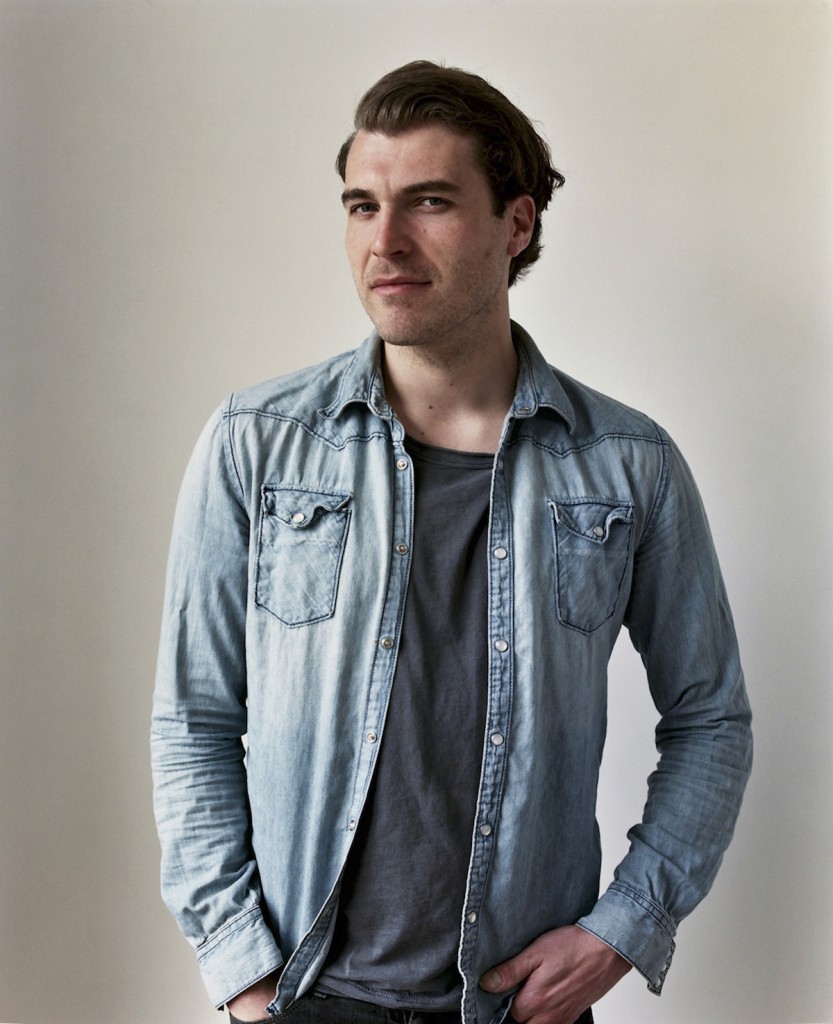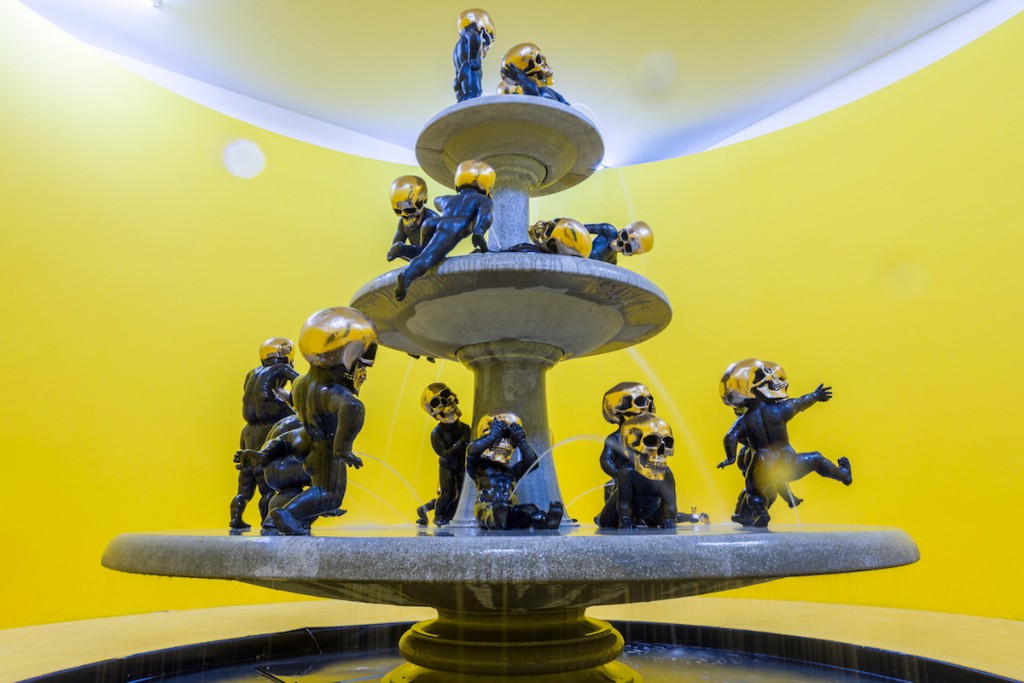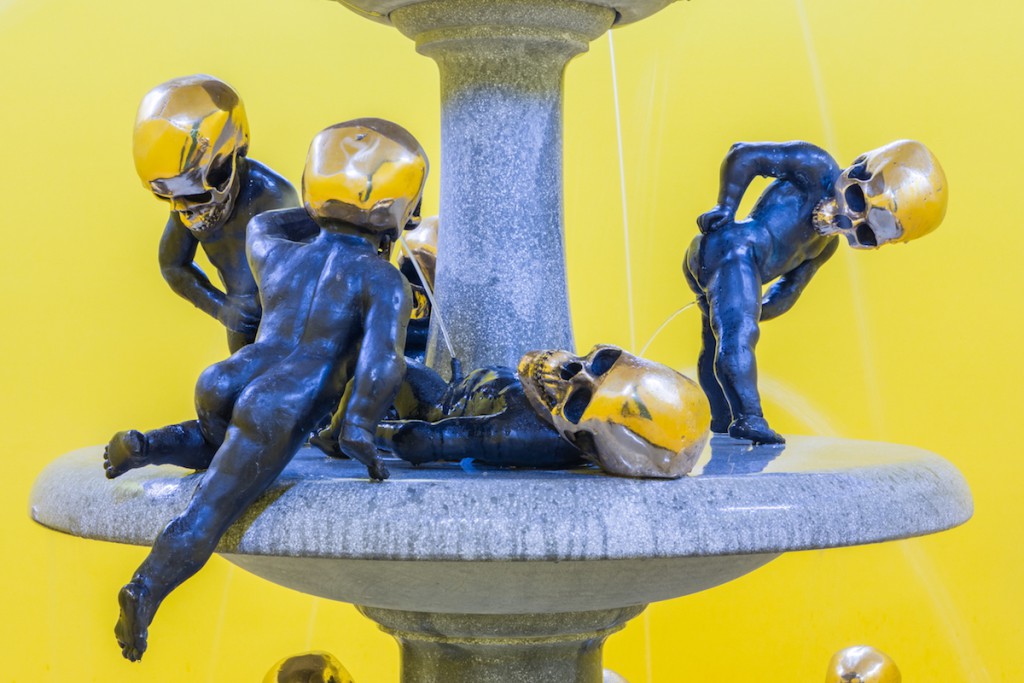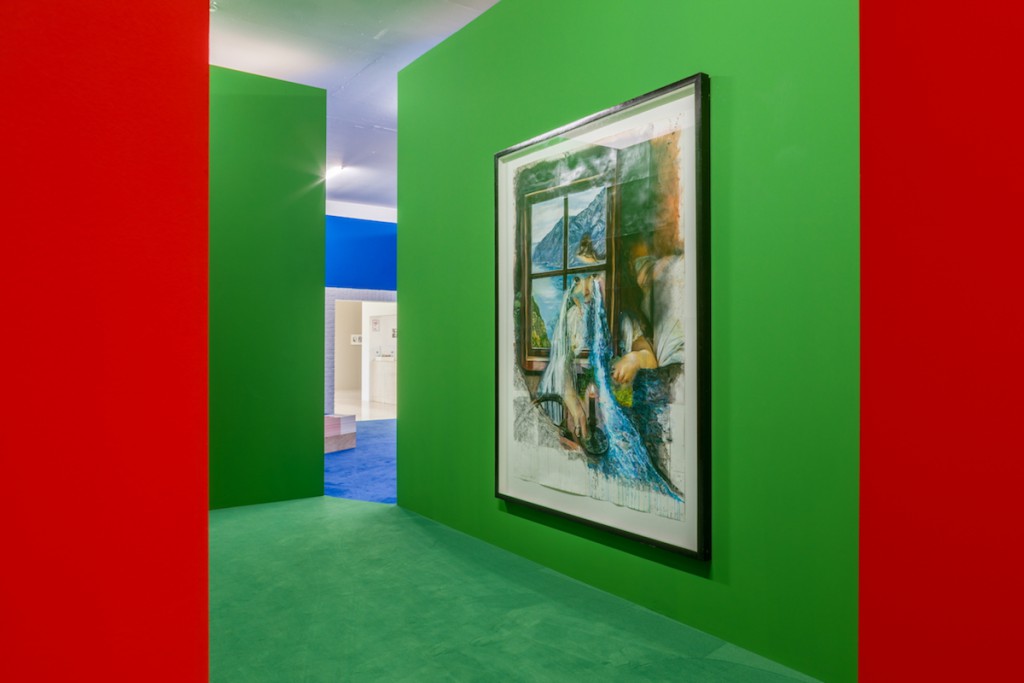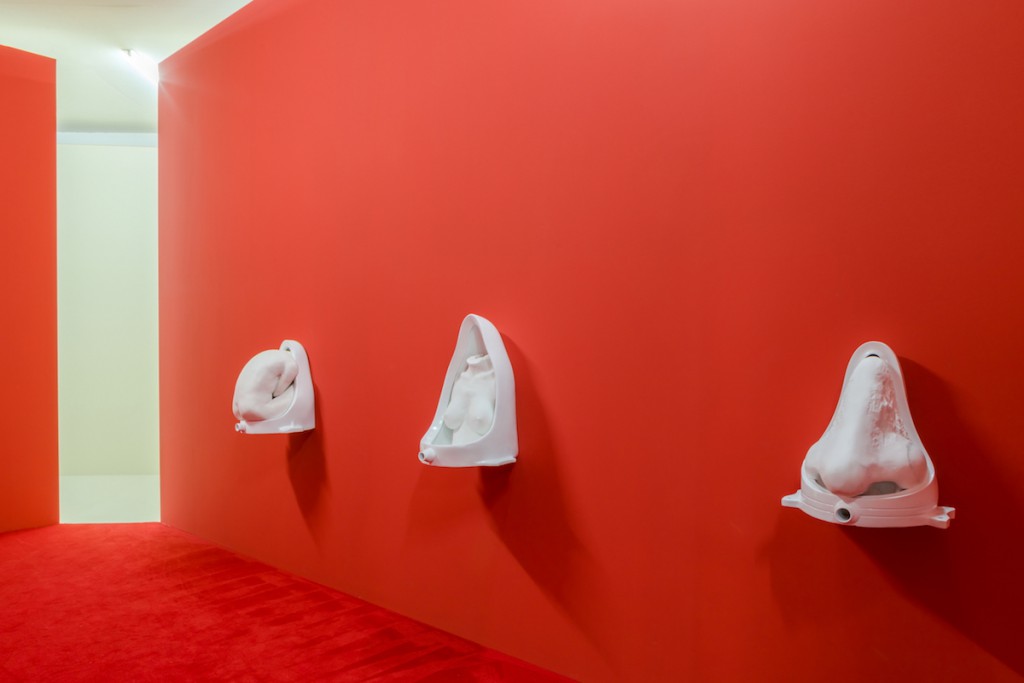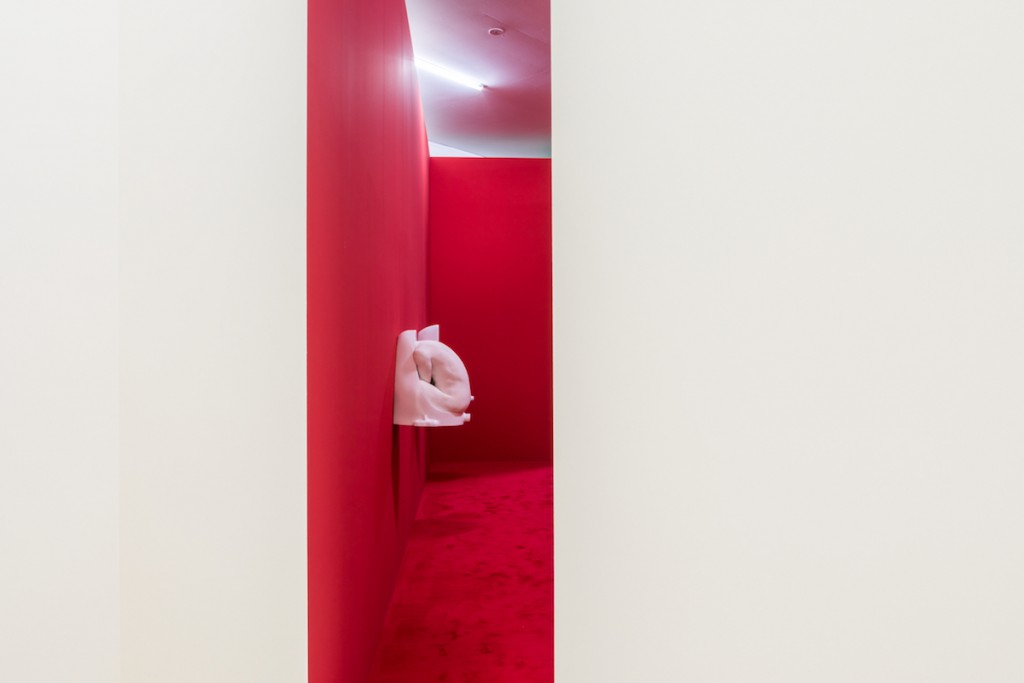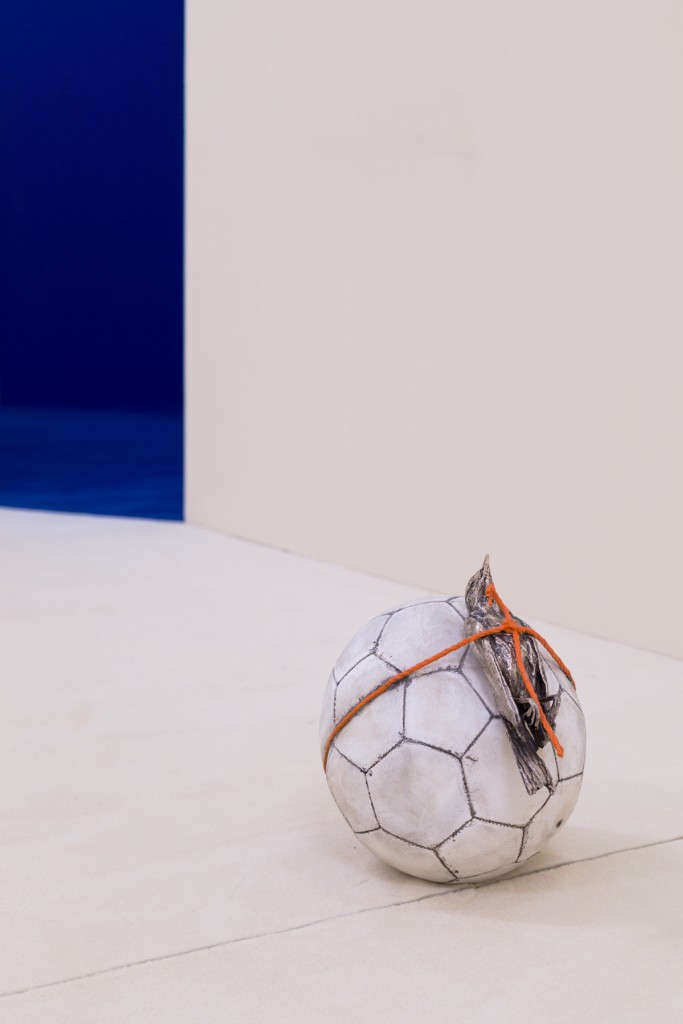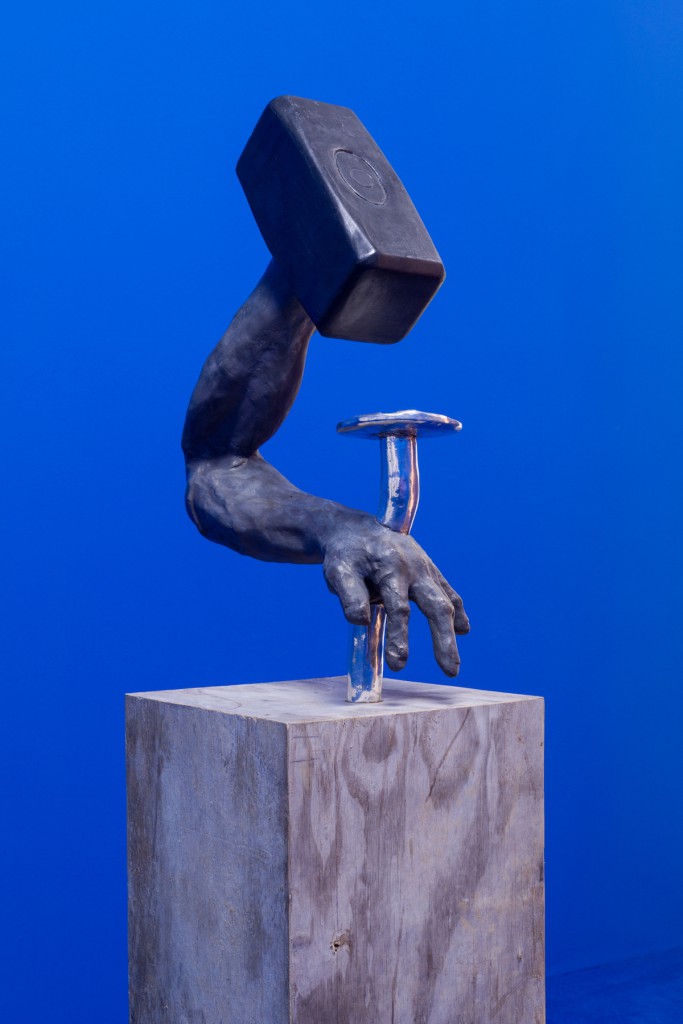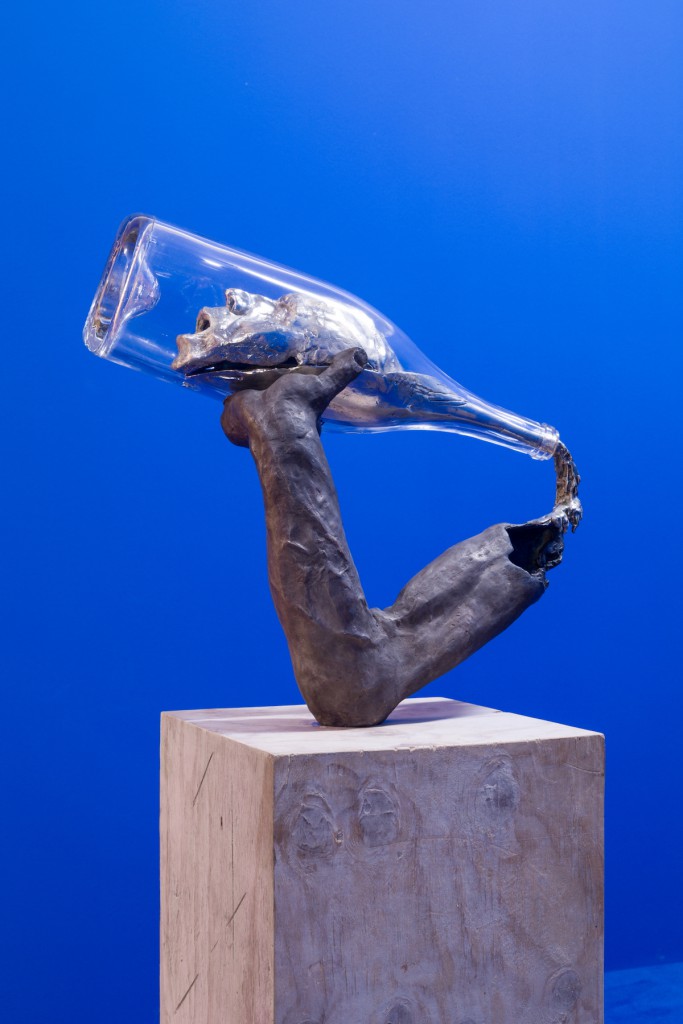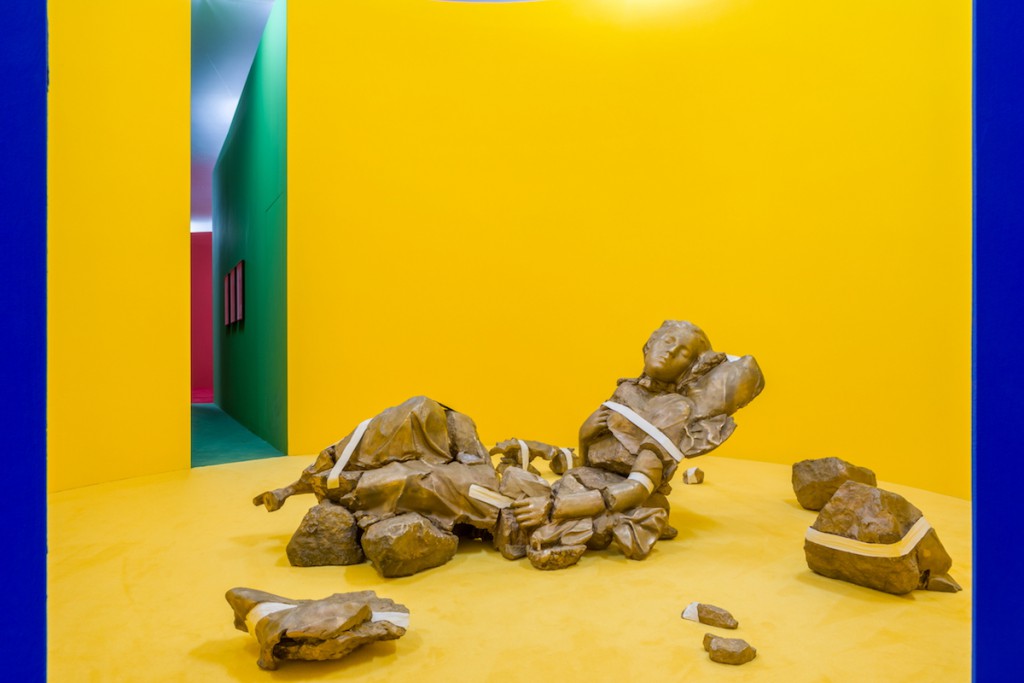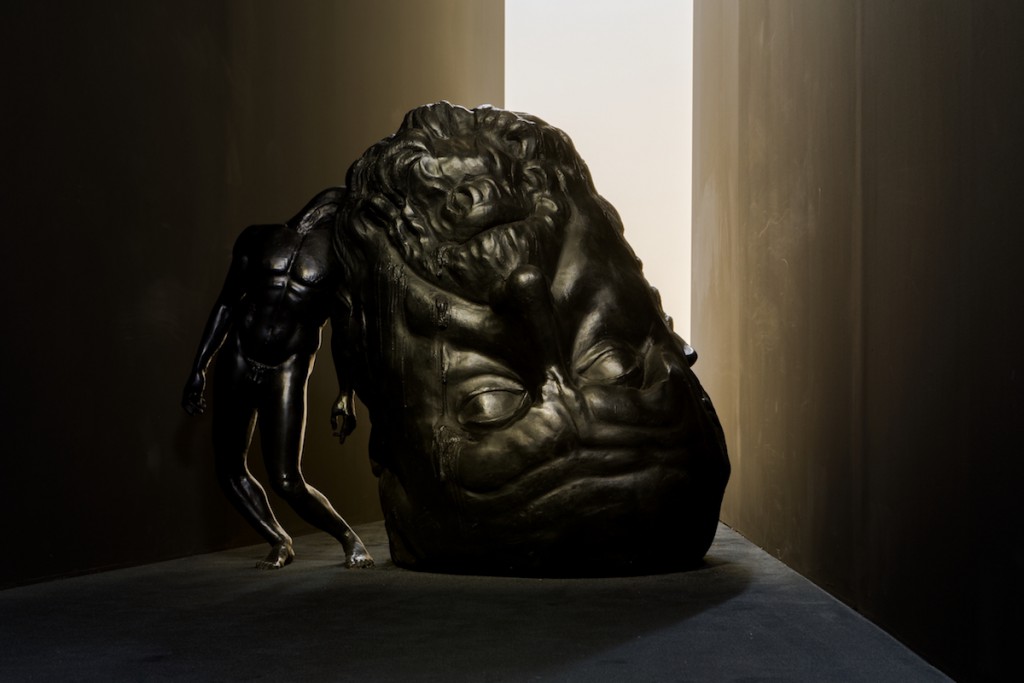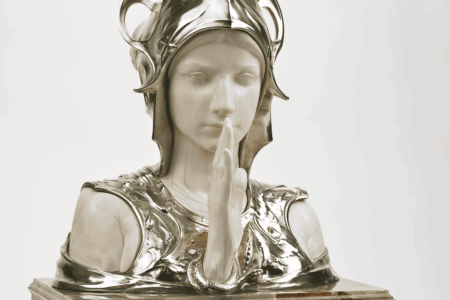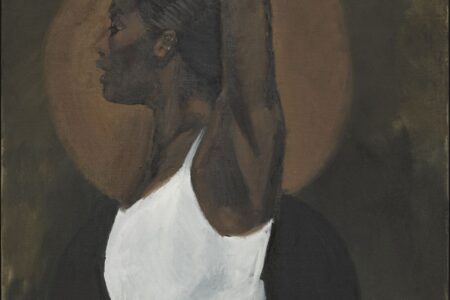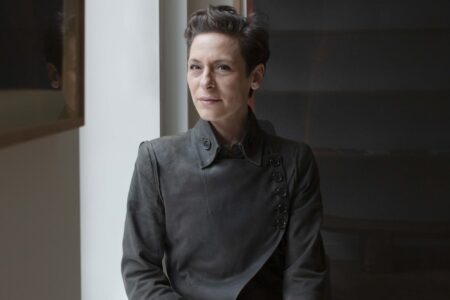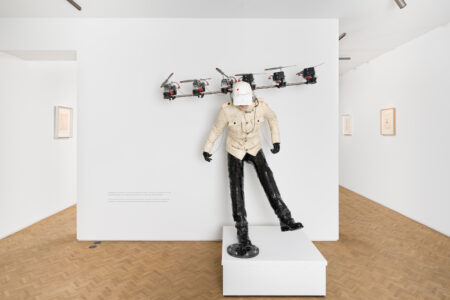Thomas Lerooy’s Playground
The Brussels-based artist is presenting Playground, a set of double-take-inducing sculptures and drawings, at the Museum Dhondt-Dhaenens
About 10 years ago Belgian artist Thomas Lerooy placed a wicked version of his home country’s famed Manneken Pis atop the Museum Dhondt-Dhaenens, left to do his thing over unsuspecting visitors. Today 18 of those mannekens, with menacing golden skulls instead of cherubic faces, are back at the museum as part of the eponymous piece of Playground, Lerooy’s most recent solo show.
It’s been a fruitful decade for Lerooy, who has a gift for breaching uncomfortable topics —mortality, self-destruction and vice — through sculptures and drawings infused with the same type of offbeat —some might even say, Flemish— sense of humour. “I don’t know if my work is humorous… I just enjoy myself,” he explains. In this conversation we discussed this approach, as well as the importance of laughing at your own icons and the state of Belgian identity.
TLmag: You always seem to have be having fun with your pieces. Why did you choose the name Playground for the exhibition?
Thomas Lerooy: The beginning of the whole setup of the exhibition was to make a context for all of my pieces. I was playing with my godchild and he was playing with primary-coloured blocks, making castles and houses. We have some small tiles in the studio, and he was pushing the tiles with the blocks. I looked at him, and at one point I thought: “It looks like a maquette for my exhibition.”
So “playground” is a reference to a child playing with blocks, but for me it’s also a kind of sculpture. Children are really naïve, and what I like about that is that they can build things and destroy them in two seconds. That’s where I found the idea for the show and the title.
TLmag: There’s also a nod to De Stijl in there, right?
TL: Yes, you have De Stijl in the primary colours. If you look from above, it has references to modernist architecture. It talks about being abstract, and in my work, there’s never been something abstract. I want to convey the idea that the show is a big sculpture and you walk into it… so I am now incorporating the abstract in my work.
TLmag: It’s interesting that you mentioned how a child can destroy hours of work in two seconds, because, conceptually, you seem to be very concerned with the impermanence of things. Is that why you use a medium like sculpture?
TL: It’s permanent…and sometimes not. My sculptures refer a lot to destruction: mankind, we want to stay here. And it’s the same thing with my work, even if I work with materials like bronze: it’s not going to last forever.
TLmag: How did Playground, the piece, come about?
TL: I worked for about a year and a half on that piece. I had an exhibition a decade ago in this same museum, a little project at the start of my career. I took the Manneken Pis and changed the head into a human skull and placed it on the roof, so he could pee on the people who wanted to enter the museum.
When I was invited again, I didn’t want to do a retrospective… I’m a Flemish guy, so I thought that maybe I need to play with my pieces. I remade the Manneken Pis babies, and in this piece they all look like they’re playing and peeing. It’s a three-level fountain, like the ones you find in someone’s garden… but also it’s like the Tower of Babel, where they all play, and fall down and fuck each other and so on. I was inspired by Bruegel’s Children’s Games, where they’re all playing around.
TLmag: Coming from the country that throws milk at the parliament as a form of protest, that seems fair.
TL: I think us Belgians, we have an identity problem. It comes from history: the German were here, the Spaniards were here, the French were here. We paid taxes to Spain. People here are always making jokes that others think are about nothing, but they’re actually about very serious stuff. I think that’s us looking for identity. It’s always about layers, and that includes humour.
TLmag: When you first placed the peeing statue atop the museum entrance, that seems like ages ago in sociopolitical terms. Do you think people are receiving your pieces with arms even further opened, because of the general need for a reason to laugh?
TL: Yes, and it’s also strange. When the terrorist attacks happened in Brussels, I was busy with the piece. Some politicians were trying to make a museum about the Manneken Pis in Brussels and when they saw the piece… it was weird at the time. We need to laugh. Even at our symbols. Even at our history. I’m sure we can go even further.
Playground is open until March 4, 2018
